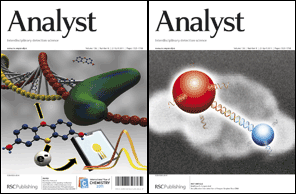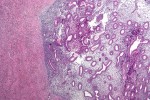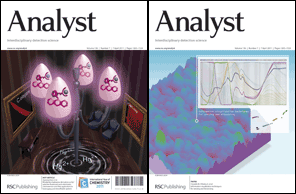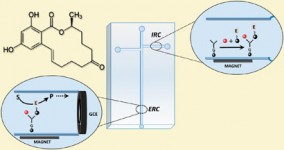We are delighted to congratulate Paul Bohn, Chair of the Analyst Editorial Board on being awarded the 2010 Theophilus Redwood Award. This award given to a leading analytical scientist who is also an outstanding communicator. Paul was chosen as the award winner for the breadth and impact of his contribution to analytical science in the areas of microfluidics and nanoscale chemical sensing.
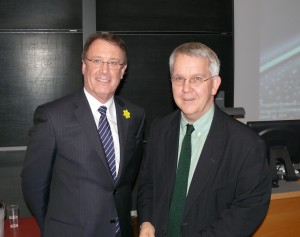 Paul gave his award lecture at the University of Strathclyde last Wednesday (30th March) and those present can confirm not only the excellence of his science, but also his ability to communicate this to his audience. He was presented with his medal by the President Elect of the Analytical Division, Alan Handley.
Paul gave his award lecture at the University of Strathclyde last Wednesday (30th March) and those present can confirm not only the excellence of his science, but also his ability to communicate this to his audience. He was presented with his medal by the President Elect of the Analytical Division, Alan Handley.
For more information about Paul’s work on nanoscale chemical sensing, please visit his website at the University of Notre Dame, USA.
The Awards Symposium also included the winner of the Robert Boyle Prize for Analytical Science given to Gary Hieftje of Indiana University, and the Harrison Meldola Memorial Prize which was awarded to Nathan Lawrence from Schlumberger Cambridge Research (shown below).
Congratulations to all three winners!













